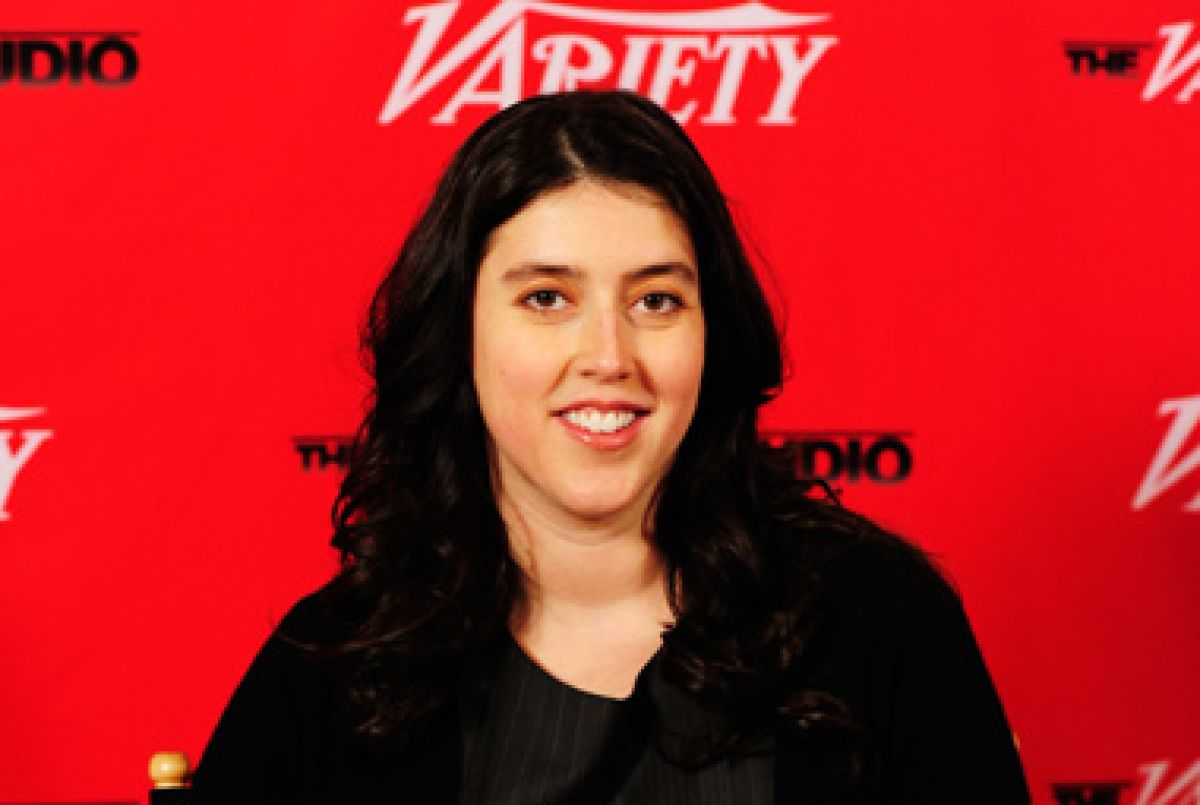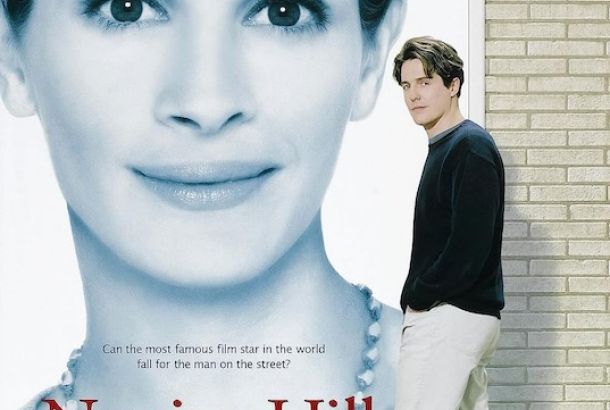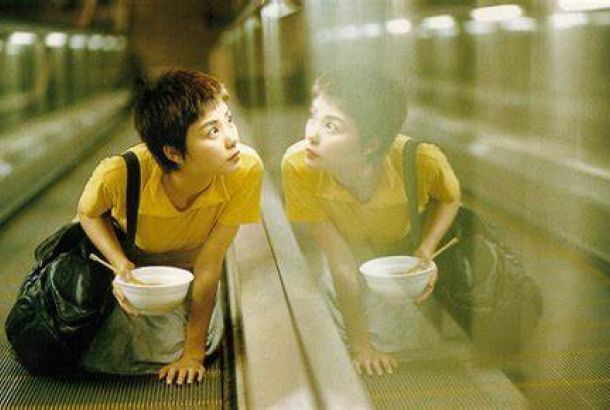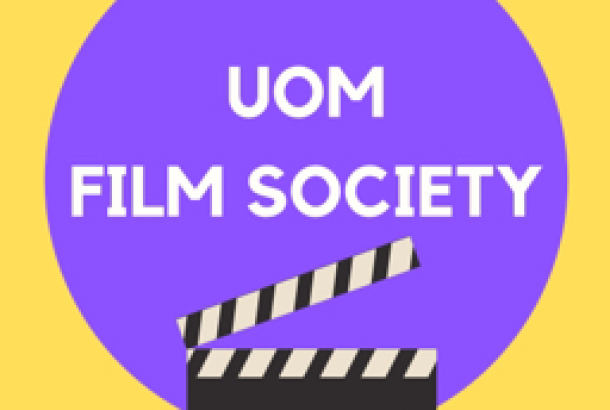Sundance London 2019: In Conversation With Alison Klayman
By Tobias Soar

Alison Klayman is a sweetheart and a badass. Her award-winning documentaries provide a deep cut into the lives of her subjects, from the average American voter to legendary artist Ai Weiwei. The Brink is her latest film which had its UK premiere at Sundance London 2019. In it, Klayman follows Steve Bannon across the globe from fall 2017 to fall 2018 — the picture it paints of Bannon is the clearest ever painted, and it ain’t pretty.
Right off the bat, I told Klayman that I see The Brink as the perfect companion to Get Me Roger Stone. Funnily enough, one of the editors of the Roger Stone documentary was in the editing room for The Brink.
When asked on how hard it is to remain neutral when directing a documentary, Alison replied that she rejects the term “neutral” regarding The Brink — she prefers to label it as “fair”. Filmmakers, she explains, must come to their work with a personal point of view and without any assumptions. Documentaries are a process of discovery, and Alison had only met Bannon once before starting to shoot the documentary.
Klayman then explained that the responsibility she had when making The Brink was enormous because she had to try and show the audience her political point of view on Bannon while halting the spread of his ideology. “You shouldn’t be checking your values […] at the door when you make something. […] I didn’t come in thinking ‘maybe racism has some good points’, you know? I’m not here with a blank slate.” Ultimately, Klayman believes, the audience needs to come to their own conclusion.
To tell the story of her subject and humanise him “because [Bannon] fucking is one”, Alison plays with the positioning of the camera and choosing what scenes to show. I remarked upon how intimate it was to see Bannon getting angry on the phone with his team, as it does indeed humanise him. “Realising that he’s a person that you might find charming […] is important to be uncomfortable with and reckon with because it’ll help you recognise that, in your own life, there are a lot of Steve Bannons out there. […] If you see Bannon as a monster, you’ll forget what evil really looks like.”
I put my tin foil cap on and asked Klayman if she considered that Bannon might have accepted the documentary to use it as yet another platform for himself — in other words, did Alison ever think “am I being played?”
“I asked myself this every morning,” she replies. “My daily mantra was: let him underestimate me and I should never underestimate him.”
In verité filmmaking, as Alison calls it, the director has the upper hand. Being present when Bannon was texting journalists or in rooms full of people, Alison started feeling she was capturing genuine moments where he wasn’t putting on a façade for her. Furthermore, Bannon had no say over the final edit of the documentary, as Klayman had set that as the ultimate condition to make the film. “Now that the film is out, I can say with confidence that it is not a useful tool for him. I don’t think he thinks so. The fairness allows the critique to be sharper. […] He’s an opportunist who thinks that “all press is good press”, yet I think he never anticipated the outcome of this documentary.”
Then, I told Alison that I give Roger Stone and Steve Bannon some credit; I see them as political venture capitalists who invest money, time, and energy for the maximum return. Klayman agrees and says that Bannon is an investment banker and a businessman — he goes where the money is. “Efficacy. Strategy. That’s what he cares about the most. […] The opening (in which Bannon is in Auschwitz and he explains how fascinated he is by the efficiency of the Nazi planning) is the most Bannon thing. […] He’s not saying that it’s good that Jews died, he sees beyond it all.” We agreed that Bannon is amoral, he doesn’t see the people, he sees the system and uses it for his own gain.
Pushed for time as I was already over my 10-minute limit, I asked Alison about the most revealing element about Bannon: does he have a strong handshake? She thought about her answer for a couple of seconds and realised that she doesn’t remember shaking his hand. “Bannon is very touchy and does this a lot”, she says reaching forward and lightly touching my forearm. This was brought to her attention by Paul Lewis, a journalist for the Guardian whose appearance in the film is during a tense interview in Bannon’s hotel room in Venice. Once Alison realised this, she started paying attention to Bannon doing that to everyone and sometimes fixed the camera on his arms and hands. It mostly didn’t happen to her, however, because she had to keep her distance to maintain the minimum focal distance of the camera.
Lastly, Alison noted that The Brink is dedicated to the victims and survivors of the Holocaust.
The Brink will be distributed in the UK by Dogwoof on 12 July, in cinemas and online.







